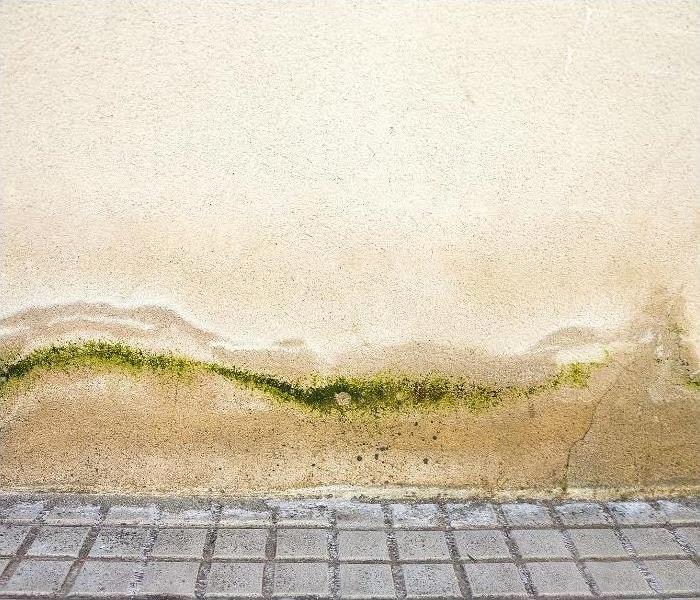A Comprehensive Guide to Water Damage Assessment: Prevention, Inspection, and Restoration
8/17/2023 (Permalink)
Water damage, from sources such as a burst pipe, storm damage, or flooding, can wreak havoc on a property. A crucial step in mitigating this destruction is conducting a thorough water damage assessment. This comprehensive guide will dive into the importance of water damage assessment, the process involved, and the necessary steps for restoration.
Causes and Types of Water Damage
Understanding the causes and types of water damage is fundamental to prevention and early detection. Common causes include:
Water Leaks
These can happen anywhere from the roof to the basement, often going unnoticed until significant damage occurs.
Burst Pipes
This can result from freezing temperatures or pipe fatigue.
Flooding
This is usually caused by severe weather conditions or plumbing failures.
Water damage is typically categorized into three types based on the water source:
- Clean water damage: This originates from a sanitary water source like leaky faucets or water supply lines.
- Grey water damage: This involves water that contains significant chemical, biological, or physical contaminants.
- Black water damage: The most severe, this involves highly contaminated water, like sewage or floodwater.
The Water Damage Assessment Process
A proper water damage assessment involves several critical steps:
- Identifying the source: The process begins with identifying and stopping the source of the water leak if it is still active.
- Assessing the damage: This includes inspecting the extent and type of water damage, moisture detection, and identifying affected materials.
- Documentation: Professionals document the damage, often using photos and videos, which are especially useful for insurance claims.
- Formulating a restoration plan: After understanding the extent of the damage, a detailed plan for restoration and repair is made.
Tools and Techniques Used in Water Damage Assessment
Professional water damage assessment services use advanced tools and techniques, including:
- Infrared Cameras and Thermal Imaging: These tools help detect moisture in walls, ceilings, and floors without damaging the property.
- Moisture Meters and Hygrometers: They measure the moisture content in different materials and the air, helping to map the extent of water damage.
The Role of DIY in Water Damage Assessment
While it's always best to leave water damage assessment to certified professionals, homeowners can conduct a basic inspection to understand the initial damage extent. However, remember to prioritize safety and avoid areas with severe structural damage, electrical hazards, or blackwater contamination.
Water Damage Assessment's Role in Restoration and Repair
A precise water damage assessment is crucial for effective restoration and repair. It helps in formulating a detailed action plan, which can include damage mitigation, structural drying, dehumidification, and mold remediation.
Insurance and Water Damage Assessment
A professional water damage assessment plays a critical role in insurance claims. Detailed documentation of the damage can expedite the claims process and avoid claim denial. It’s important to understand your insurance coverage for water damage, and when in doubt, consult with your insurance adjuster.
Choosing a Water Damage Assessment Service
When looking for water damage assessment services, consider:
- Certifications: The service should have professionals certified by recognized bodies.
- Experience: Experienced professionals can more effectively handle the intricacies of water damage.
- Emergency Response: Look for companies that offer 24/7 emergency response, as swift action is vital in water damage situations.
Preventive Measures and Regular Maintenance
Regular maintenance and inspections can help prevent water damage. Some preventive measures include waterproofing, ensuring good plumbing health, and disaster preparedness, especially for properties in flood-prone areas.
Conclusion
Whether you’re dealing with a minor water leak or severe flooding, understanding the process of water damage assessment can make a significant difference in restoring your property effectively. Remember, the key is quick action – the sooner the damage is assessed and addressed, the better your chances of full restoration.






 24/7 Emergency Service
24/7 Emergency Service
